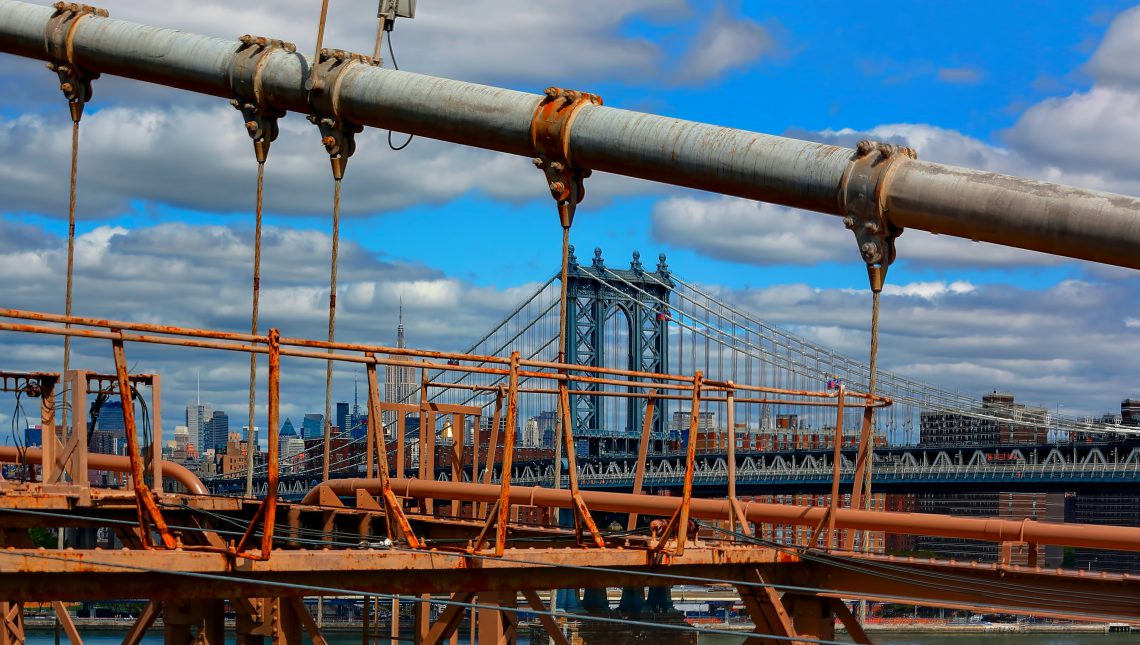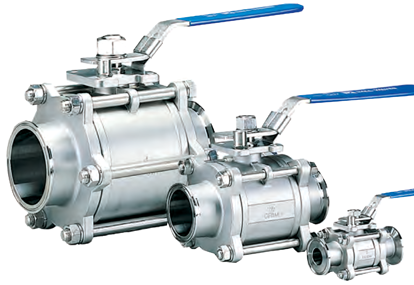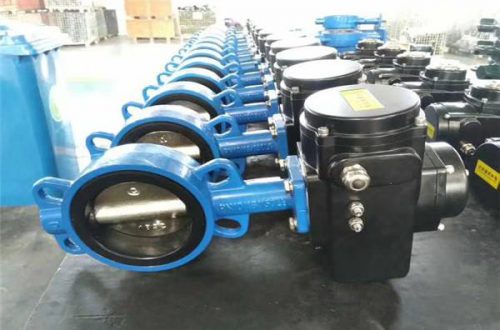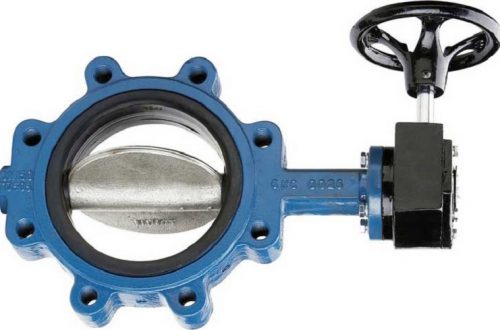Valve corrosion refers to the destruction of metal materials by chemical or electrochemical reactions with their environment. How to isolate the metal from the surrounding environment or use non-metallic composite materials to control and prevent gradual corrosion of metal valves has become a common concern of people.
Corrosion of metals has a considerable impact on the duration, reliability and service life of valves. During valve operation, the rubbing surfaces are worn and damaged as a result of the simultaneous mechanical action and chemical or electrochemical interaction of the metal with the environment. For valves, the climatic conditions of their pipelines are complex: the presence of hydrogen sulfide, carbon dioxide and some organic acids in media such as oil, natural gas and reservoir water increases the destructive power of the metal surface; therefore, the valve rapidly loses the ability to work.
The chemical corrosion of metals usually depends on the temperature, the mechanical load of the rubbing parts, the sulfides contained in the lubricating material and their stability against acids, the duration of contact with the medium, the catalytic effect of the metal on the nitridation process, the conversion rate of the molecules of the corrosive corrosive substances to the metal, and so on.
Corrosion prevention can be understood as the application of a protective layer (such as paint, pigment, lubricating material, etc.) on the metal valve surface, so that the valve is not corroded during the manufacturing, storage, transportation, or all processes of its use.
What kind of anti-corrosion method to take and what kind of protective film to choose depends on the required protection period, transportation and storage conditions, valve structure characteristics and materials; of course, it is suitable to consider its economic effect.
There are four main methods for anti-corrosion of metal valves:
1. Put the volatile corrosion inhibitor into the steam atmosphere;
2. Use blocked water and alcohol solutions;
3. Apply a thin layer of anti-corrosion protection material to the surface of the valve and its parts;
4. Coat the blocked film or polymer thin layer on the valve surface.





